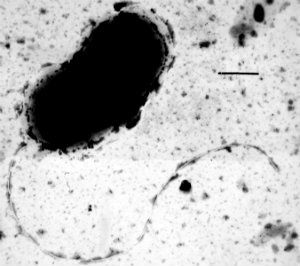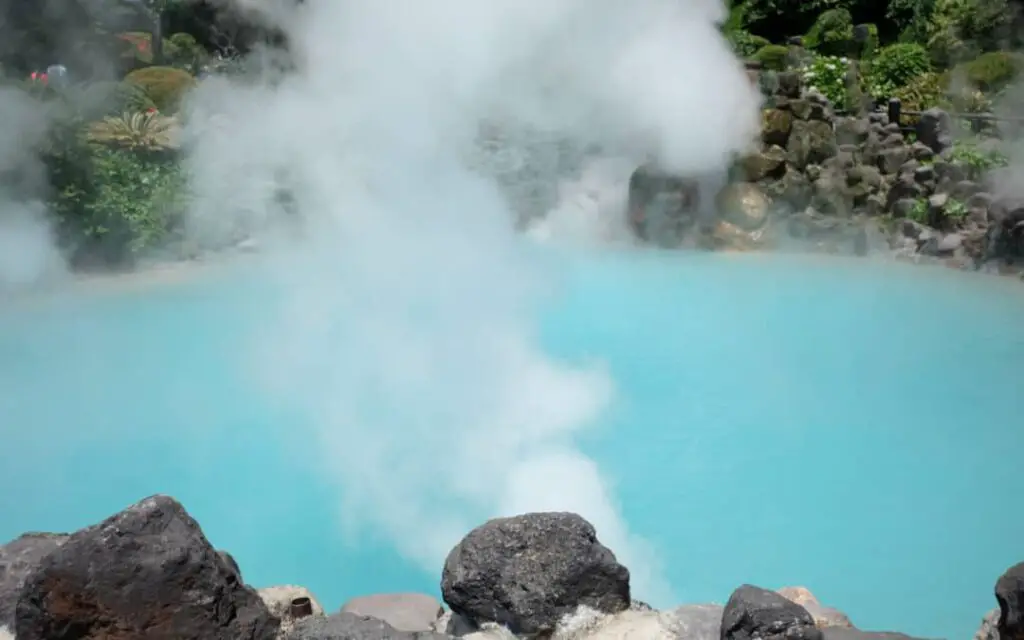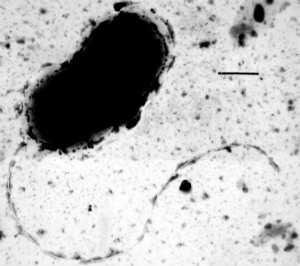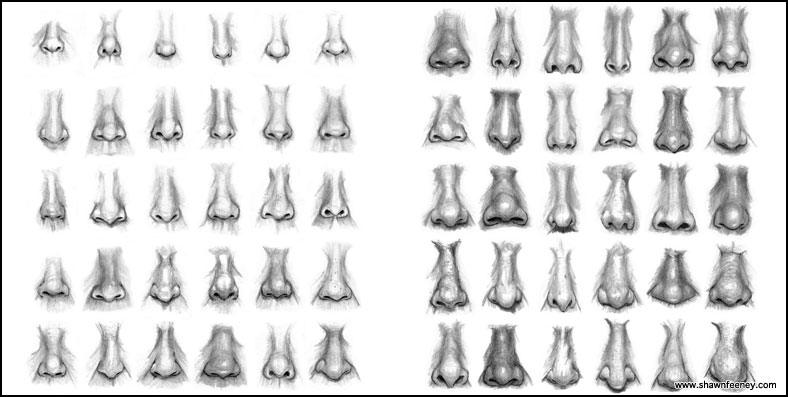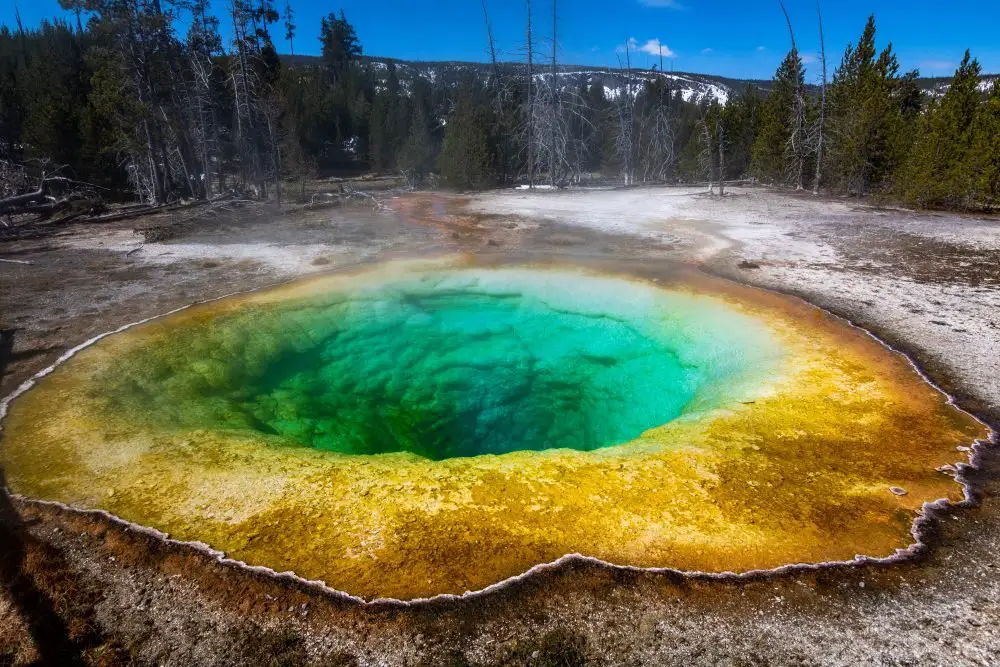In this article, we will explore the topic of what causes the smell of sulfur in Montana’s hot springs. You will learn about the unique characteristics of these springs and why some of them have a distinct sulfur smell. We will also discuss the potential health benefits of hot springs and the necessary precautions to ensure a safe and enjoyable experience. Whether you’re a hot springs enthusiast or a first-time visitor, this article aims to be your comprehensive guide to understanding and exploring Montana’s sulfur-scented springs.
Overview of Montana’s Hot Springs
Introduction to Montana’s hot springs
Montana is home to numerous hot springs, providing visitors with an opportunity to relax and rejuvenate in the therapeutic waters. These natural wonders are scattered across the state, ranging from remote wilderness areas to developed resorts. However, one common characteristic of many Montana hot springs is the distinctive smell of sulfur that permeates the air.
Location and accessibility of Montana’s hot springs
Montana’s hot springs can be found throughout the state, with popular locations including Norris Hot Springs, Chico Hot Springs, and Bozeman Hot Springs. Some of these hot springs are easily accessible by road, while others require a hike or a more adventurous journey. Regardless of their location, each of these hot springs offers a unique experience to visitors.
Temperature range of Montana’s hot springs
The temperature of Montana’s hot springs varies from spring to spring, ranging from comfortably warm to scalding hot. The temperature is determined by the depth and geothermal activity of each spring. While some hot springs are suitable for soaking, others may require caution due to their extreme temperatures.
Unique characteristics of Montana’s hot springs
In addition to their sulfur smell, Montana’s hot springs boast other unique characteristics. Some springs offer stunning views of the surrounding landscapes, such as mountain ranges or lush forests. Others are known for their vibrant colors, resulting from mineral deposits in the water. The flora and fauna surrounding the springs also contribute to their distinctiveness, with wildlife often spotted in the vicinity.
Causes of Sulfur Smell in Hot Springs
Chemical composition of hot springs
The smell of sulfur in hot springs is primarily caused by the presence of sulfur compounds in the water. These compounds are released into the air as gases, resulting in the characteristic odor. The chemical composition of each hot spring determines the intensity of the sulfur smell.
Presence of sulfur compounds
Sulfur compounds, such as hydrogen sulfide and sulfur dioxide, can be found in varying concentrations in hot springs. These compounds are byproducts of geothermal activity and volcanic processes, and their presence in the water contributes to both the smell and the unique properties of the hot springs.
Anaerobic bacteria and sulfur metabolism
Another factor contributing to the sulfur smell in hot springs is the presence of anaerobic bacteria. These microorganisms thrive in the oxygen-deprived environment of hot springs and play a crucial role in the sulfur cycle. They metabolize sulfur compounds, releasing hydrogen sulfide gas, which adds to the distinct odor of the hot springs.
Effects of Sulfur Smell
Perception of smell in hot springs
The smell of sulfur can be overpowering and may take some time to get used to for first-time visitors. However, frequent visitors often find the smell to be a sign of the hot springs’ authenticity and therapeutic properties. It is worth noting that the intensity of the sulfur smell can vary from one hot spring to another, depending on the concentration of sulfur compounds.
Possible health effects of sulfur smell
While the sulfur smell in hot springs may not pose direct health risks, individuals with respiratory conditions or sensitivities should exercise caution. The sulfur compounds in the air can irritate the respiratory system and cause discomfort for some people. It is advisable to consult a healthcare professional before visiting hot springs if you have any concerns about your health.
Factors Influencing Sulfur Smell
Temperature and sulfur compounds
The temperature of hot springs affects the release of sulfur compounds into the air. Higher temperatures promote the evaporation of sulfur compounds, intensifying the smell. Conversely, cooler temperatures can result in a milder sulfur smell or even the absence of odor.
Circulation and aeration of hot springs
The circulation and aeration of hot springs play a role in the sulfur smell. Springs with a higher flow rate or those that are more aerated tend to have a weaker sulfur smell, as the gases are dispersed more efficiently. On the other hand, stagnant or poorly aerated springs may have a stronger sulfur odor.
Geological factors
The geological composition of the area surrounding hot springs can influence the presence and strength of the sulfur smell. Volcanic activity, mineral deposits, and the presence of sulfur-rich rocks can contribute to higher concentrations of sulfur compounds in the hot springs, resulting in a more pronounced smell.
Comparison with Other Hot Springs
Different smells in other hot springs
While sulfur is a common smell associated with hot springs, not all hot springs have a sulfur odor. The distinct smell of each hot spring is influenced by its unique chemical composition and geographical location. Some hot springs may have a more earthy or mineral-like smell, while others may even have a scent reminiscent of rotten eggs.
Factors contributing to different smells
The varying smells in hot springs can be attributed to factors such as the presence of different minerals, sulfur compounds, and organic matter in the water. Additionally, the temperature, pH level, and geological characteristics of each hot spring contribute to its specific odor profile.
Mineral Content and Sulfur Smell
Relation between mineral composition and sulfur smell
The mineral composition of hot springs is interconnected with the presence of sulfur compounds and the resulting smell. Different minerals, such as gypsum and calcite, can interact with sulfur compounds, altering their chemical properties and affecting the smell of the hot spring.
Presence of other minerals affecting the smell
While sulfur compounds are primarily responsible for the sulfur smell in hot springs, the presence of other minerals can also influence the overall scent. For example, the combination of sulfur compounds with iron or manganese can create a distinct “metallic” smell in some hot springs.
Implications for Human Health
Benefits of sulfur in hot springs
Despite the distinct smell, sulfur compounds found in hot springs can offer potential health benefits. Sulfur is known for its antibacterial and antifungal properties, which can help alleviate certain skin conditions, such as acne and eczema. Additionally, sulfur can aid in detoxification and promote relaxation.
Potential risks of sulfur exposure
While the health benefits of sulfur are notable, some individuals may be more sensitive to sulfur compounds and may experience adverse reactions. It is essential to monitor your body’s response when visiting hot springs and seek medical advice if you have any concerns or pre-existing health conditions.
Environmental Factors
Impact of sulfur smell on the environment
The sulfur smell emitted by hot springs can have an impact on the surrounding environment. Sulfur compounds released into the air can contribute to air pollution, affecting air quality in the vicinity of the hot springs. This can have implications for both human health and the well-being of the local flora and fauna.
Conservation efforts for Montana’s hot springs
Recognizing the ecological importance of hot springs, various organizations and authorities are working toward ensuring their preservation and sustainability. Conservation efforts include managing visitor impact, monitoring water quality, and implementing measures to mitigate environmental harm.
Controlling Sulfur Odor
Methods to reduce sulfur smell in hot springs
While the sulfur smell is an inherent characteristic of many hot springs, there are techniques to minimize its intensity. Aeration systems can be installed to increase oxygen levels in the water and reduce the release of sulfur compounds. Additionally, filtration systems can help remove sulfur compounds and improve water quality.
Treatment and filtration techniques
Various treatment and filtration techniques can be used to handle the sulfur smell in hot springs. These techniques include chemical treatments, such as the addition of hydrogen peroxide, and physical filtration methods, such as activated carbon filters. The choice of treatment depends on the specific needs and characteristics of each hot spring.
Visitor Experience
Perception of the sulfur smell by visitors
The sulfur smell is often an integral part of the hot springs experience for visitors. While it may be strong initially, many visitors find that they become accustomed to the smell over time. Some even appreciate it as a natural attribute of the hot springs, associating it with relaxation and the unique ambiance of these natural wonders.
Tips to enhance the hot springs experience
To make the most of your hot springs experience, it is essential to come prepared. Bringing a towel, wearing appropriate swimwear, and staying hydrated are some practical tips. Additionally, maintaining good hygiene practices and respecting the rules and regulations of each hot spring ensure a pleasant experience for all visitors.
Preservation and Sustainability
Preserving Montana’s hot springs for future generations
Preserving the natural beauty and ecological balance of Montana’s hot springs is crucial for future generations to enjoy. Responsible visitor behavior, adherence to preservation guidelines, and supporting conservation initiatives are essential for ensuring the sustainable use of these precious resources.
Educating visitors on responsible behavior
Educating visitors about the significance of hot springs and their fragility is essential for promoting responsible behavior. It is crucial for visitors to understand the importance of preserving water quality, minimizing waste, and respecting the natural environment. Interpretive signage, educational programs, and outreach efforts can help raise awareness among visitors.
Conclusion
In conclusion, the smell of sulfur in Montana’s hot springs is caused by the presence of sulfur compounds, the activity of anaerobic bacteria, and various geological factors. While the sulfur smell may take some getting used to, it is often associated with the therapeutic properties of hot springs. The unique characteristics and health benefits of Montana’s hot springs make them a popular destination for visitors seeking relaxation and rejuvenation. By understanding the causes and effects of the sulfur smell and promoting responsible behavior, we can ensure the preservation and enjoyment of these natural wonders for generations to come.
